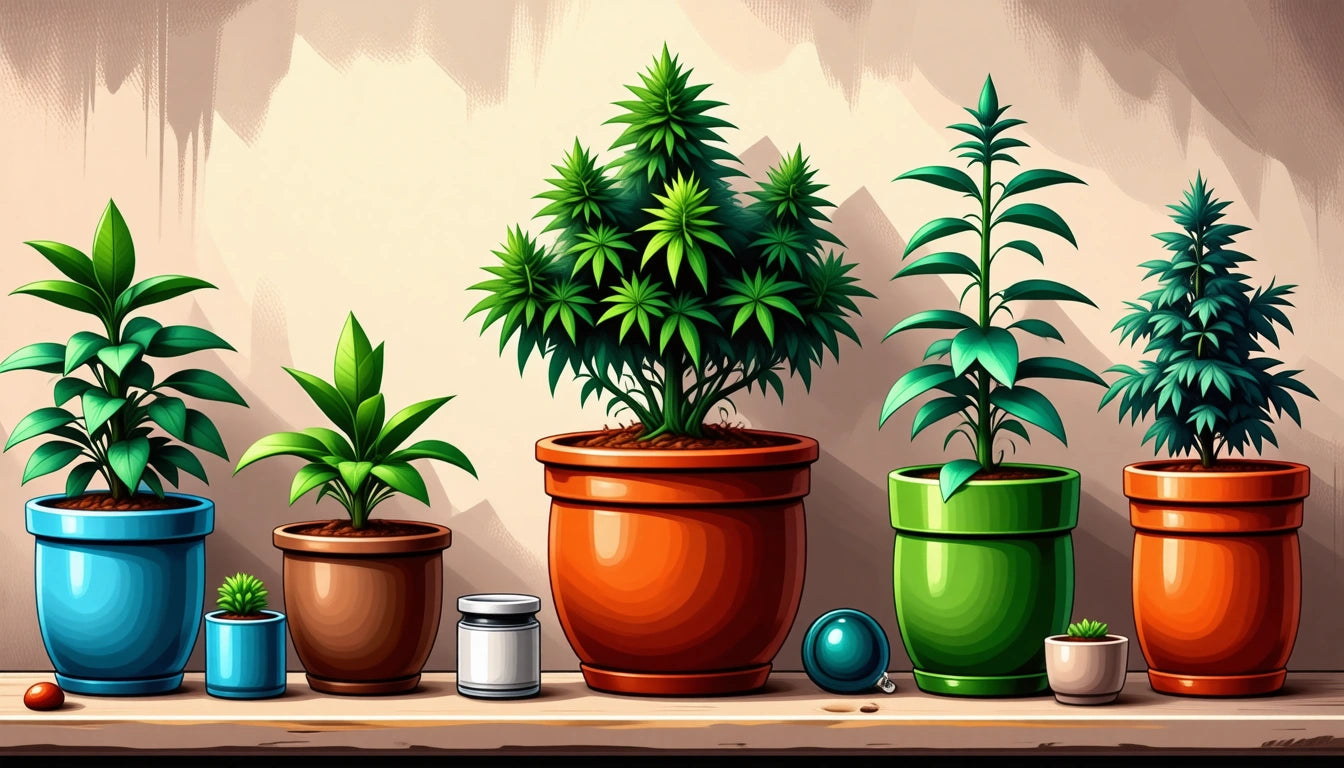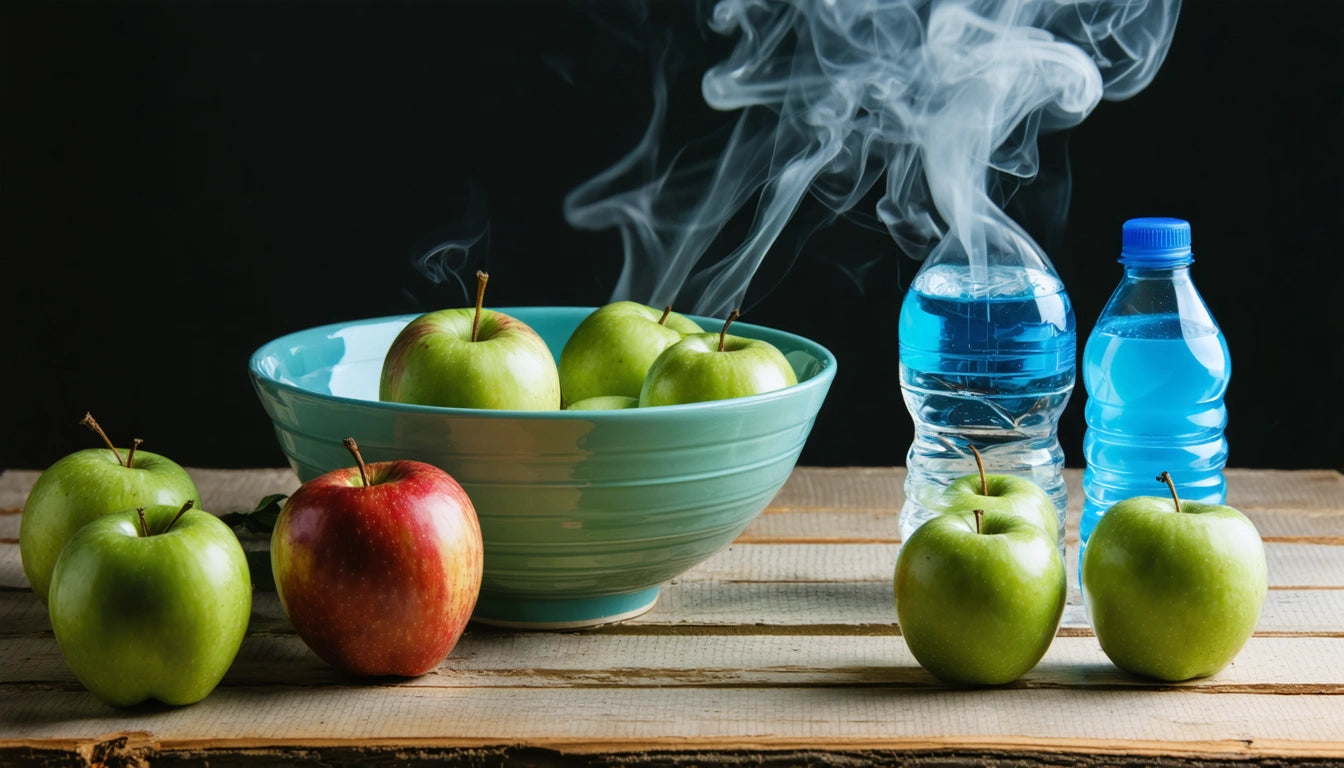Table of Contents
- Legal Considerations Before Growing Pot
- Basic Equipment Needed for Growing Pot
- Choosing the Right Seeds or Clones
- Selecting Your Growing Medium
- Step-by-Step Pot Growing Process
- Common Challenges for Beginner Pot Growers
- Harvesting and Curing Your Cannabis
- Resources and Next Steps for Pot Growing Success
Comprehensive Guide to Growing Pot: Tips and Legal Considerations for Beginners
Growing pot at home can be a rewarding hobby that provides you with a personal supply of cannabis tailored to your preferences. Whether you're interested in growing for medical purposes or personal enjoyment in legal states, this guide will walk you through the essentials of how to grow pot successfully as a beginner.
Legal Considerations Before Growing Pot
Before you start growing pot, understanding the legal landscape is crucial. Cannabis cultivation laws vary significantly by location:
- Check your state/country laws regarding home cultivation
- Understand plant count limitations (typically 4-6 plants per household)
- Research requirements for medical patients vs recreational growers
- Consider privacy requirements and restrictions on visible plants
Even in legal states, there are specific regulations about how to grow pot legally at home. Some jurisdictions require plants to be in locked areas, away from public view, or limit the number of flowering plants.
Basic Equipment Needed for Growing Pot
The best way to grow pot depends on your space and budget, but certain equipment is essential for any setup:
Indoor Growing Essentials
- Grow tent or dedicated space
- Grow lights (LED, HPS, or fluorescent)
- Ventilation system
- Pots or containers
- Growing medium (soil, coco coir, or hydroponic setup)
- pH meter and nutrients
- Temperature and humidity monitors
For beginners wondering how hard is it to grow pot, starting with a simple soil setup is recommended. As detailed in this essential guide, indoor growing gives you more control over environmental factors.
Choosing the Right Seeds or Clones
Selecting quality genetics is crucial for growing good pot:
- Feminized seeds eliminate male plants (which don't produce usable cannabis)
- Autoflowering varieties are more forgiving for beginners
- Photoperiod plants offer more control but require light cycle management
- Consider strain characteristics like growth pattern, flowering time, and effects
For beginners learning how to start growing pot, autoflowering strains can simplify the process by automatically transitioning to flowering regardless of light schedule.
Selecting Your Growing Medium
Your growing medium significantly impacts how to grow pot at home:
Soil Growing
The most traditional and forgiving method for beginners:
- Use high-quality potting soil with good drainage
- Consider pre-fertilized soils specifically for cannabis
- Organic options allow for more natural growing processes
Soilless Methods
More advanced but can lead to faster growth:
- Coco coir provides excellent drainage and aeration
- Hydroponic systems eliminate soil but require more monitoring
- Rock wool or clay pellets can be used in various setups
When packaging your harvested cannabis, proper storage containers are essential. Many growers use specialized mylar bags designed for cannabis storage to maintain freshness and potency after harvest.
Step-by-Step Pot Growing Process
Following a structured approach is the easiest way to grow pot successfully:
1. Germination (3-10 days)
- Soak seeds in water until they sink
- Transfer to paper towel or directly into growing medium
- Maintain warm, humid conditions until sprouts appear
2. Seedling Stage (2-3 weeks)
- Provide 18-24 hours of light daily
- Maintain high humidity (65-70%)
- Water sparingly to prevent drowning
3. Vegetative Stage (3-16 weeks)
- Increase watering as plants grow
- Begin nutrient regimen (nitrogen-heavy during this phase)
- Consider training techniques like topping or LST
- Maintain 18+ hours of light daily
4. Flowering Stage (8-11 weeks)
- Switch to 12/12 light cycle for photoperiod plants
- Adjust nutrients (higher phosphorus and potassium)
- Monitor for sex and remove males if using regular seeds
- Watch for signs of maturity (pistil color change, trichome development)
This ultimate guide to growing cannabis provides detailed information on each stage of the growing process.
Common Challenges for Beginner Pot Growers
Understanding common issues helps address the question of how to grow good pot:
Pest Management
- Spider mites, fungus gnats, and aphids are common cannabis pests
- Preventative measures include clean growing environments and beneficial insects
- Organic solutions like neem oil can address minor infestations
Nutrient Issues
- Nutrient burn from overfeeding
- Deficiencies from improper pH or missing nutrients
- Lockout caused by pH imbalance
Environmental Stress
- Temperature extremes can stunt growth or cause hermaphroditism
- Light leaks during dark periods can disrupt flowering
- Humidity imbalances can lead to mold or mildew
For those wondering how to grow pot for dummies, remember that less intervention is often better. Many beginners damage their plants by overwatering or overfeeding.
Harvesting and Curing Your Cannabis
The final steps determine the quality of your product:
Harvest Timing
- Check trichome color using a jeweler's loupe
- Cloudy trichomes indicate peak THC
- Amber trichomes indicate more CBD and sedative effects
Drying Process
- Hang plants upside down in a dark room
- Maintain 60% humidity and 60-70 °F temperature
- Allow 7-14 days for proper drying
Curing Process
- Store in glass jars, opening daily to release moisture
- Cure for at least 2-4 weeks for optimal flavor
- Continue curing for up to 6 months for premium quality
Proper seed germination and growing techniques set the foundation, but proper harvesting and curing are equally important for quality results.
Resources and Next Steps for Pot Growing Success
As you gain experience with growing pot, consider these advanced techniques:
- Explore training methods like SCROG, SOG, or mainlining
- Experiment with different nutrient lines or organic amendments
- Consider breeding or phenotype hunting for unique varieties
- Join grower communities for ongoing support and knowledge sharing
The comprehensive guide to growing cannabis provides additional techniques for both indoor and outdoor cultivation that can help you advance your skills.
Growing pot at home is a skill that improves with practice and patience. By starting with the right knowledge, equipment, and expectations, you can successfully cultivate cannabis that meets your specific needs and preferences. Remember that even experienced growers face challenges, so don't be discouraged by early setbacks in your growing journey.











Leave a comment
All comments are moderated before being published.
This site is protected by hCaptcha and the hCaptcha Privacy Policy and Terms of Service apply.